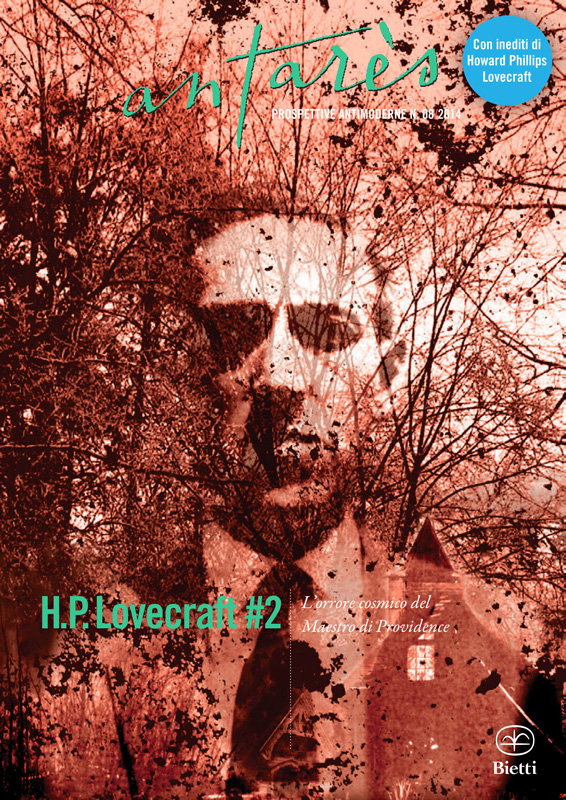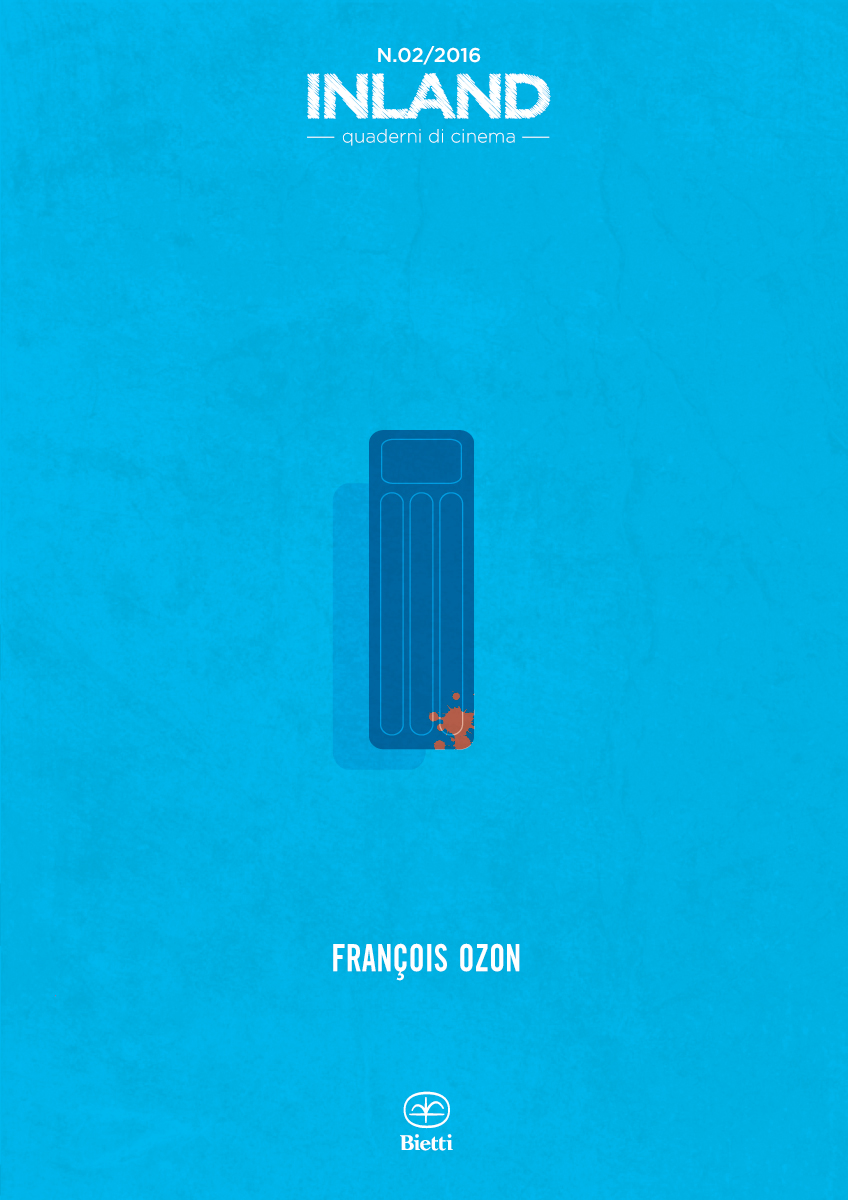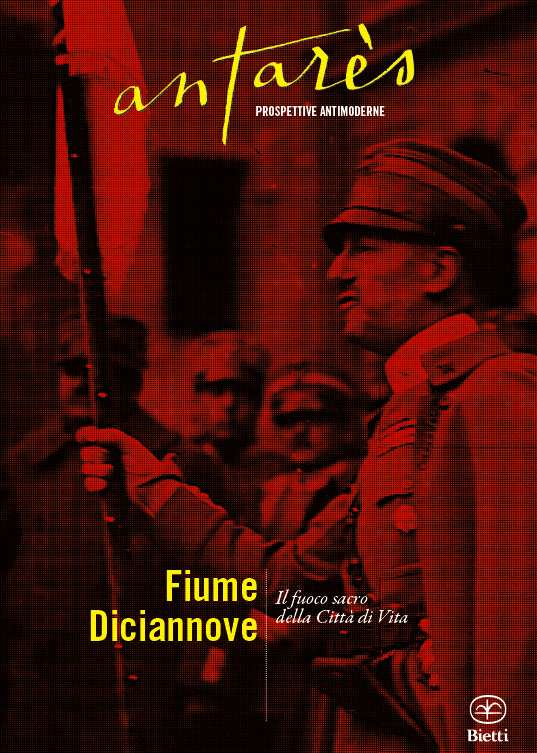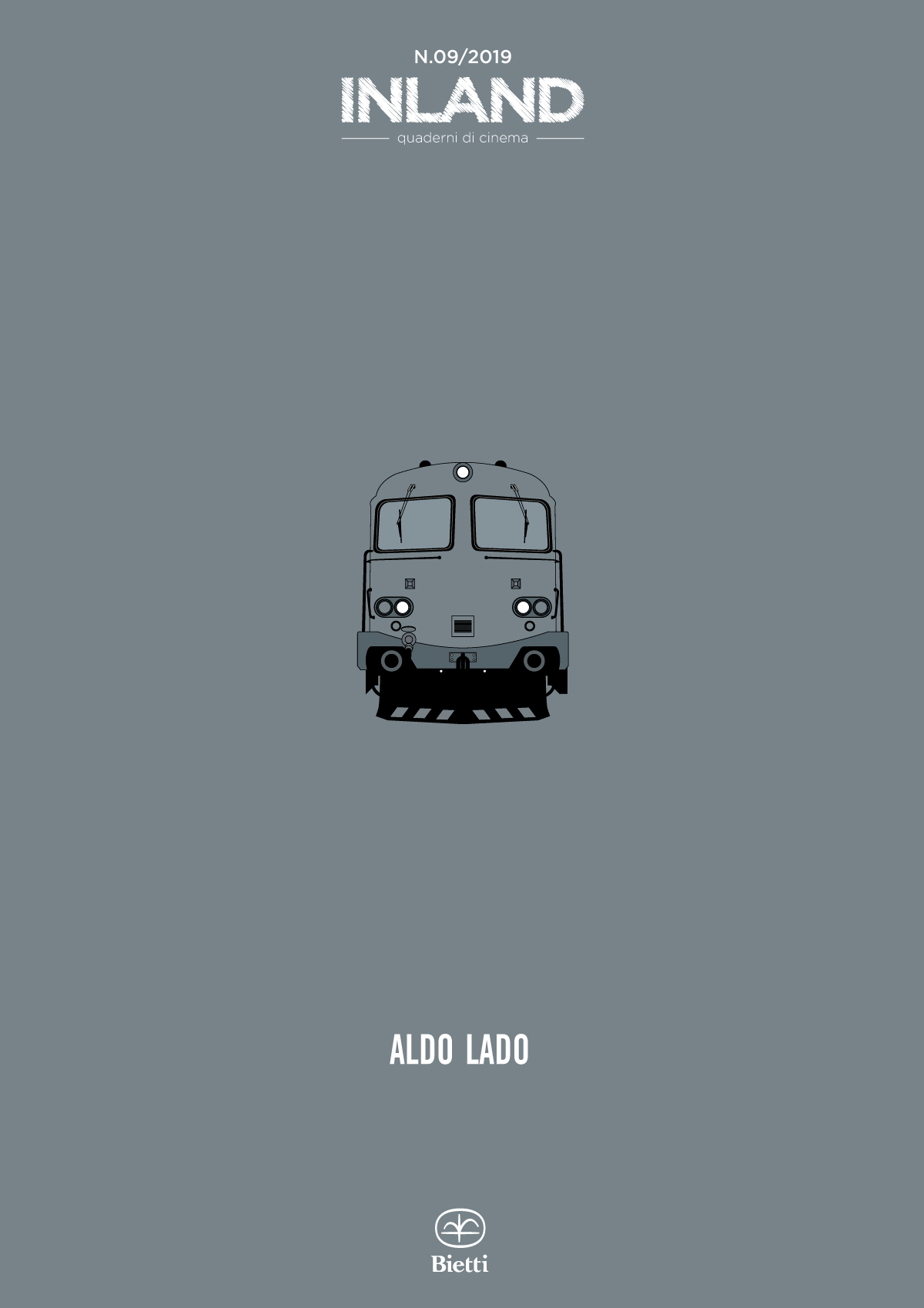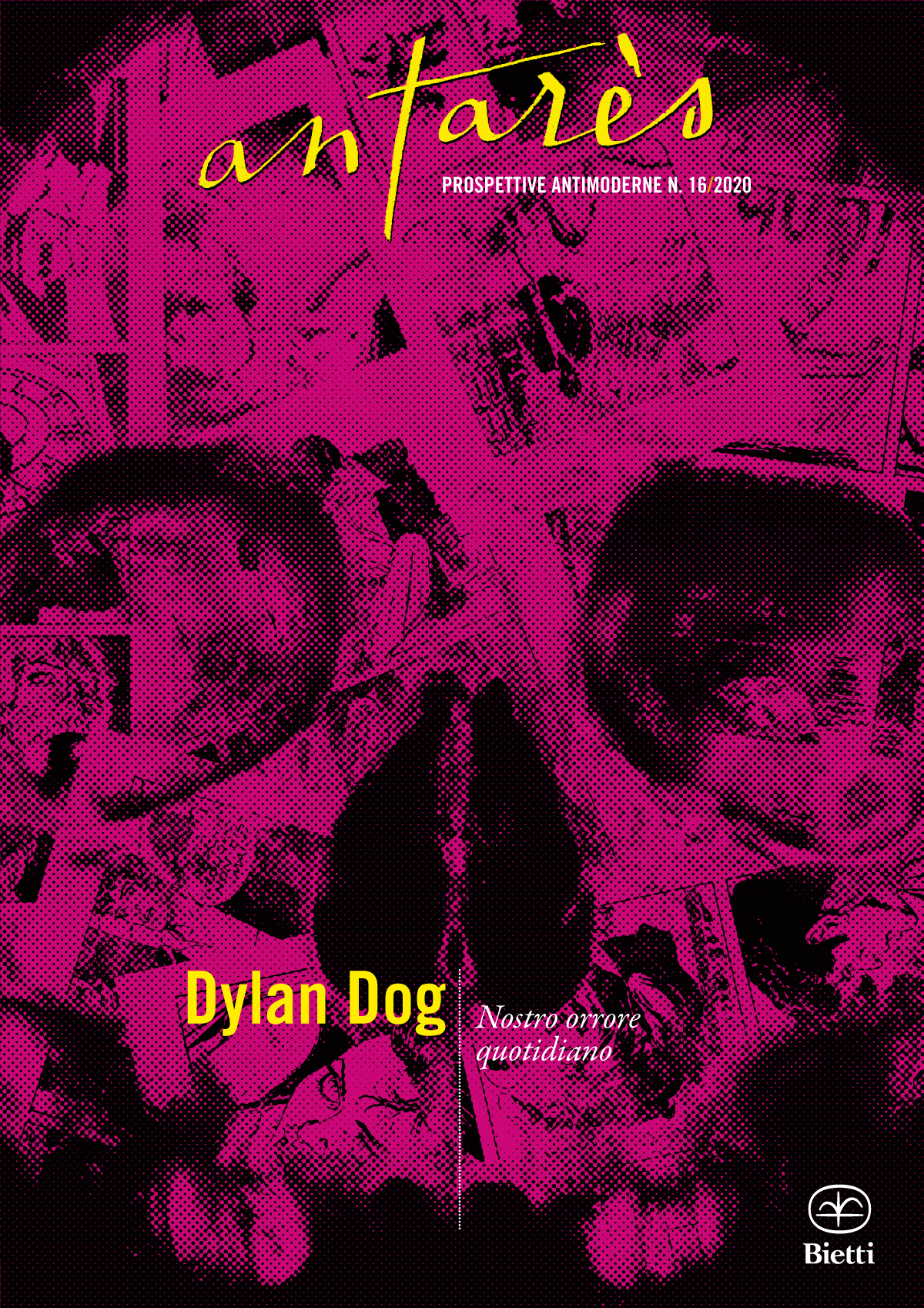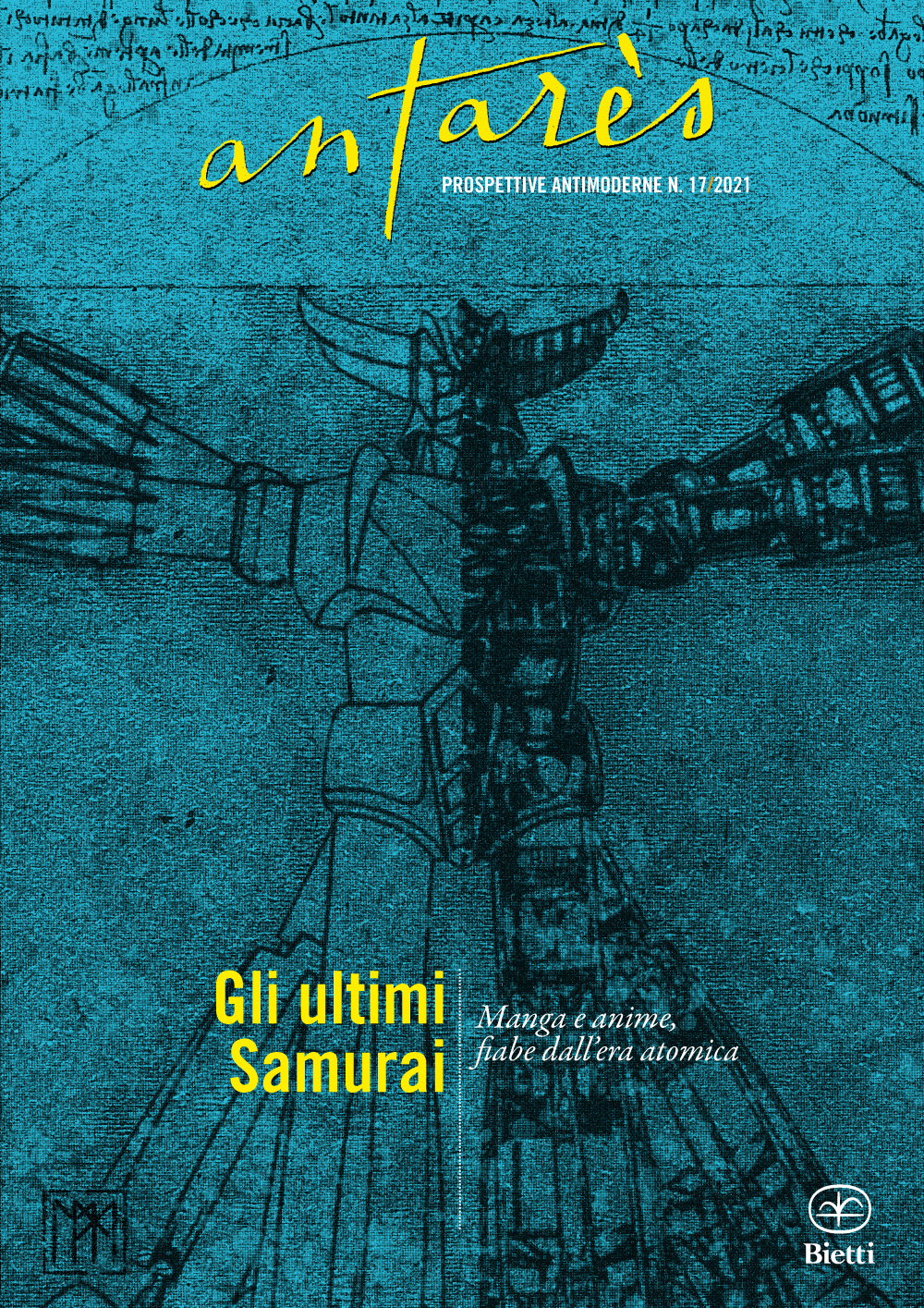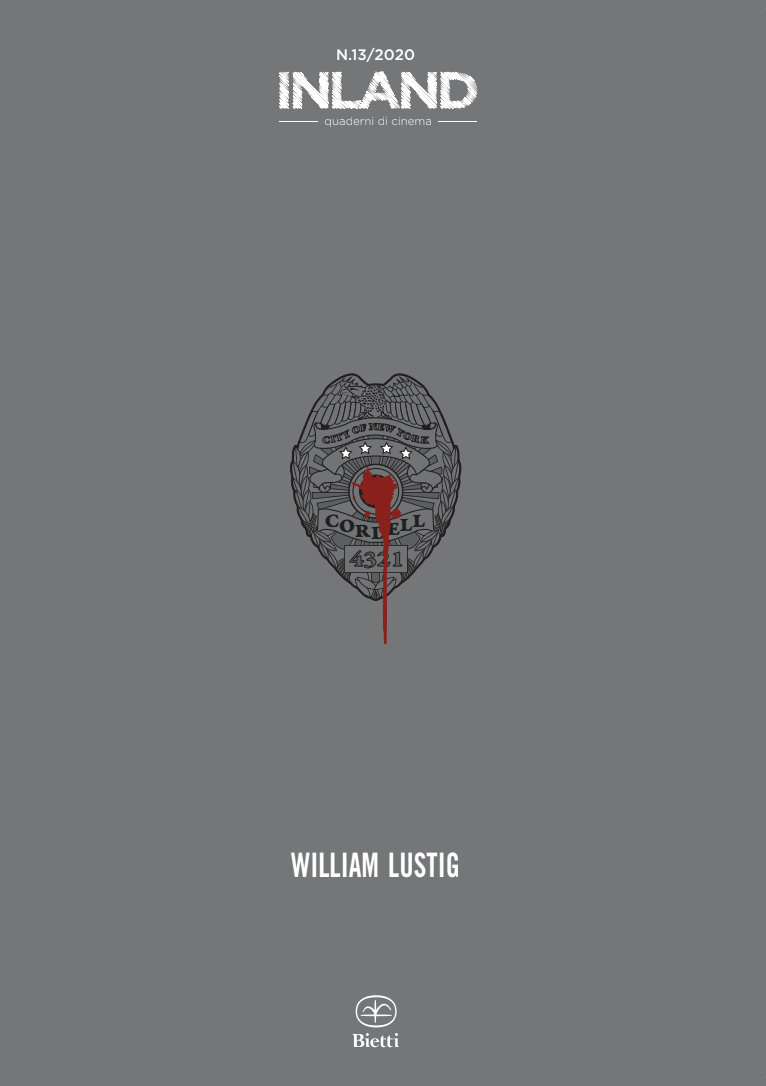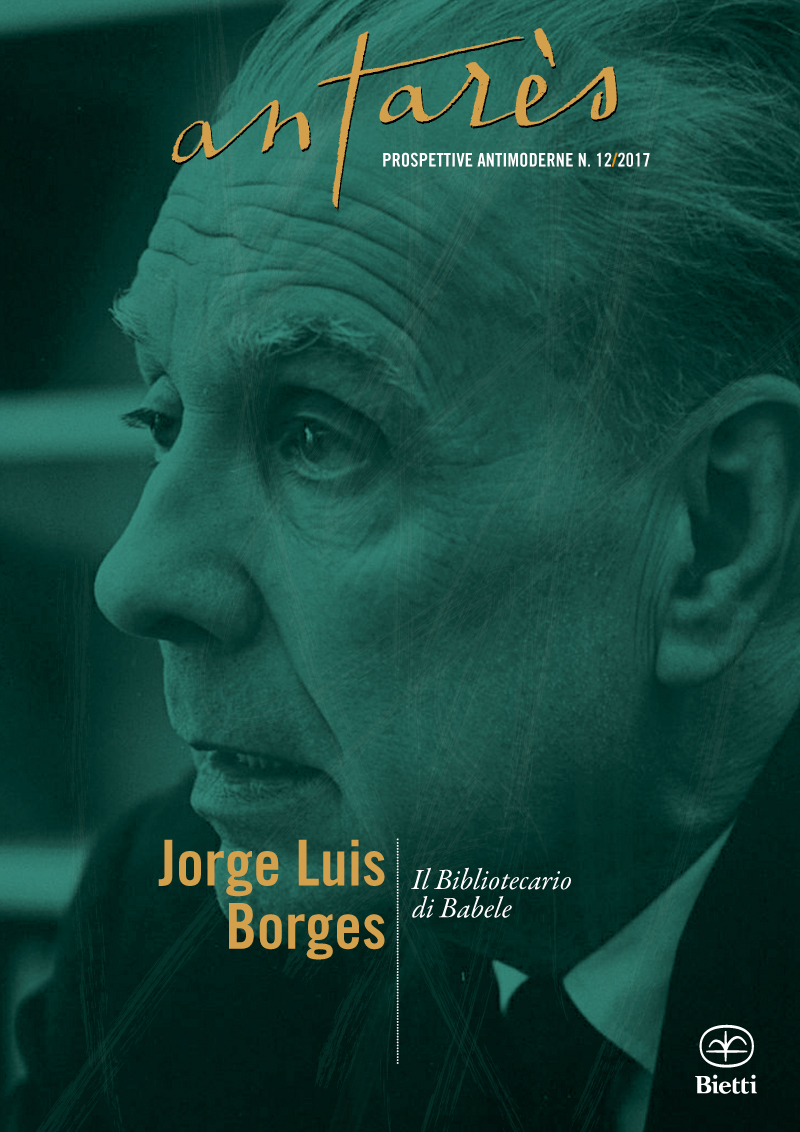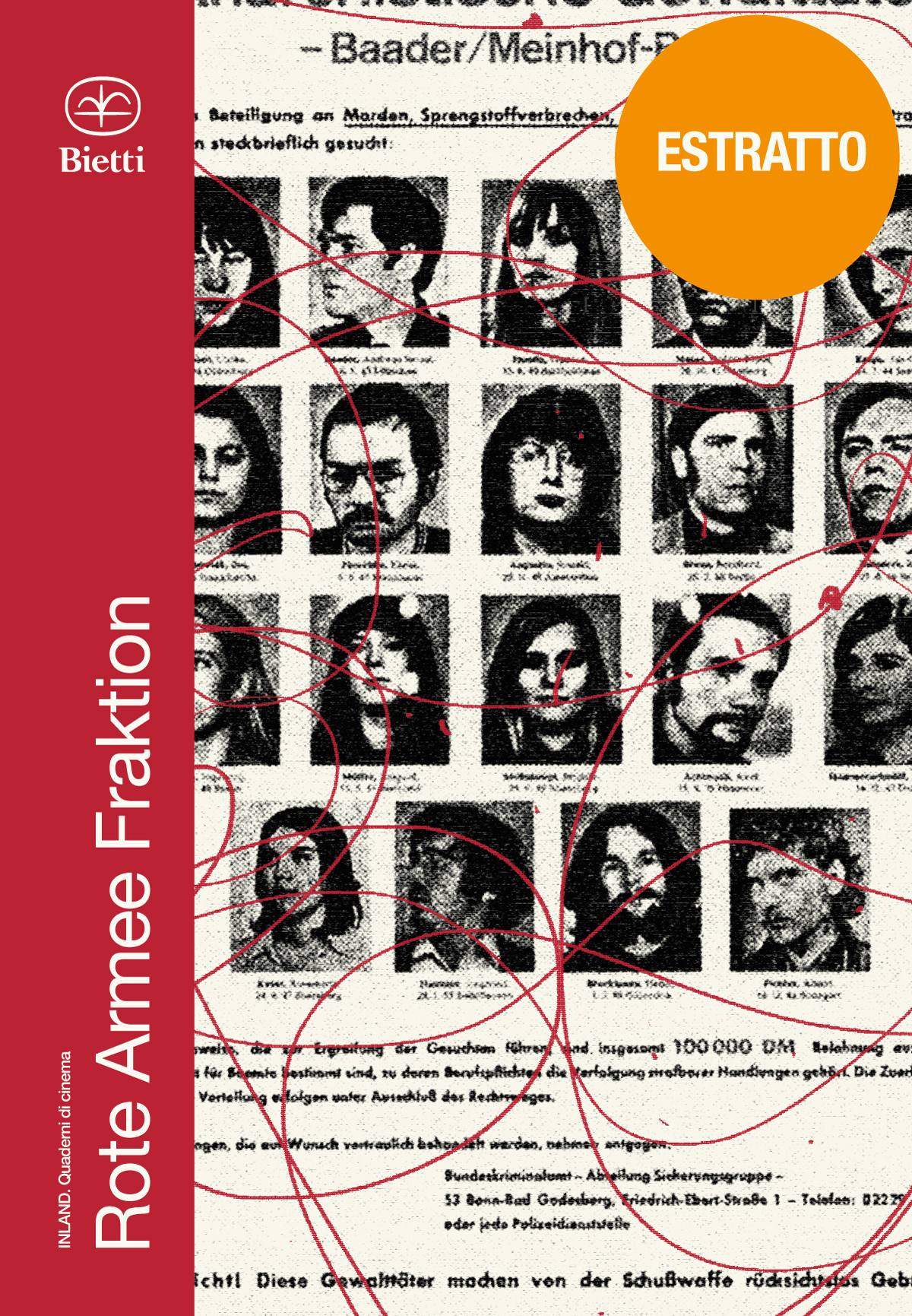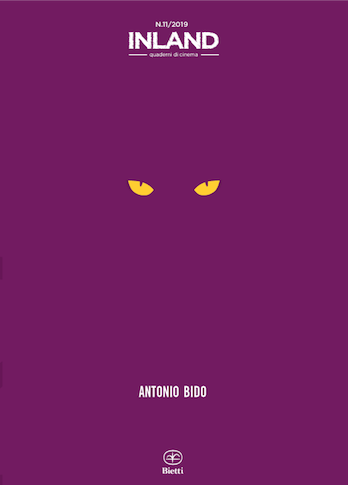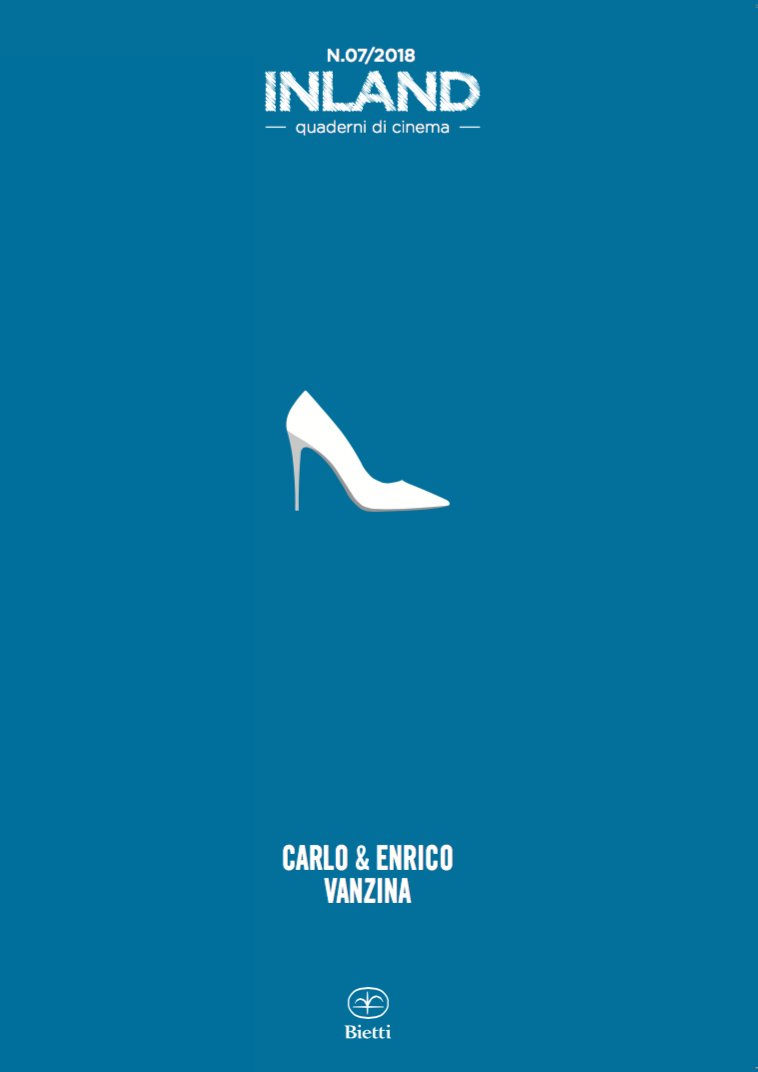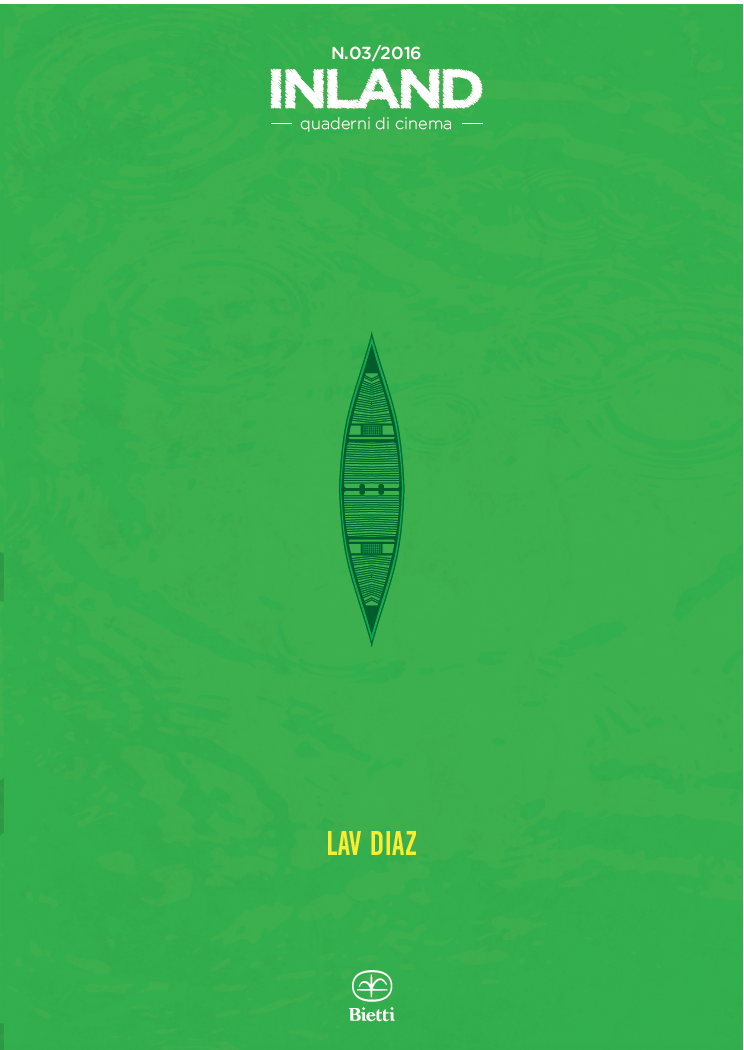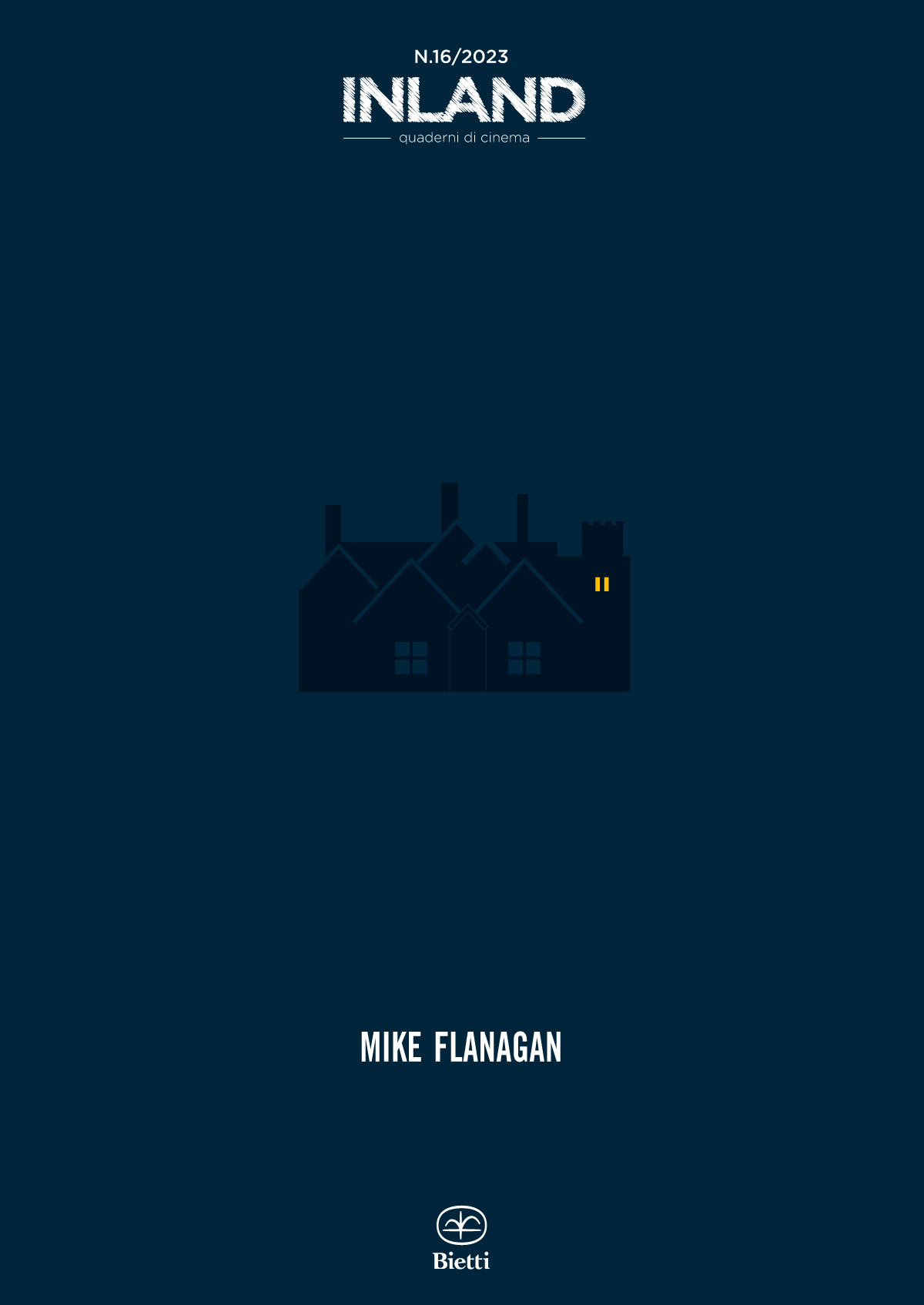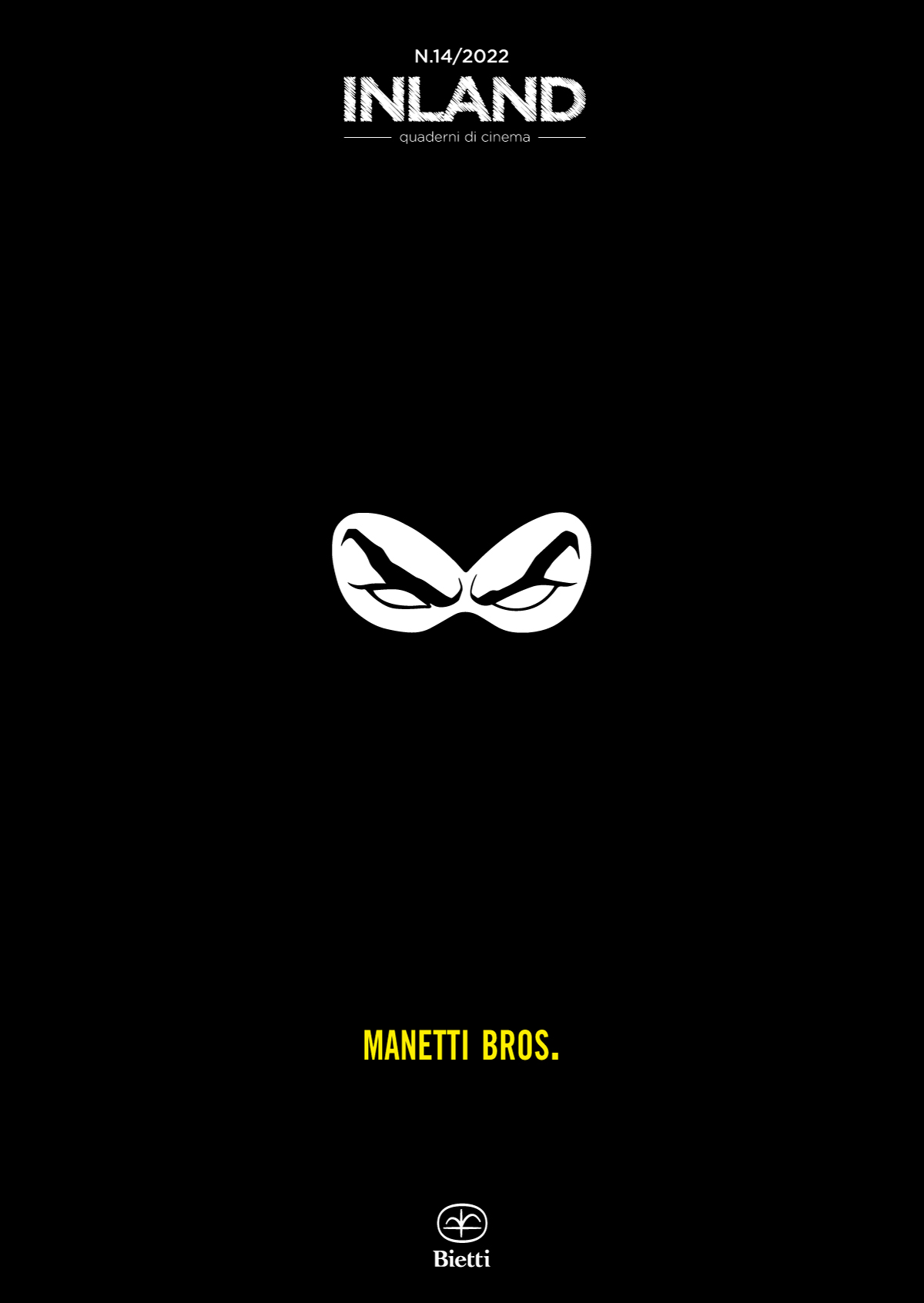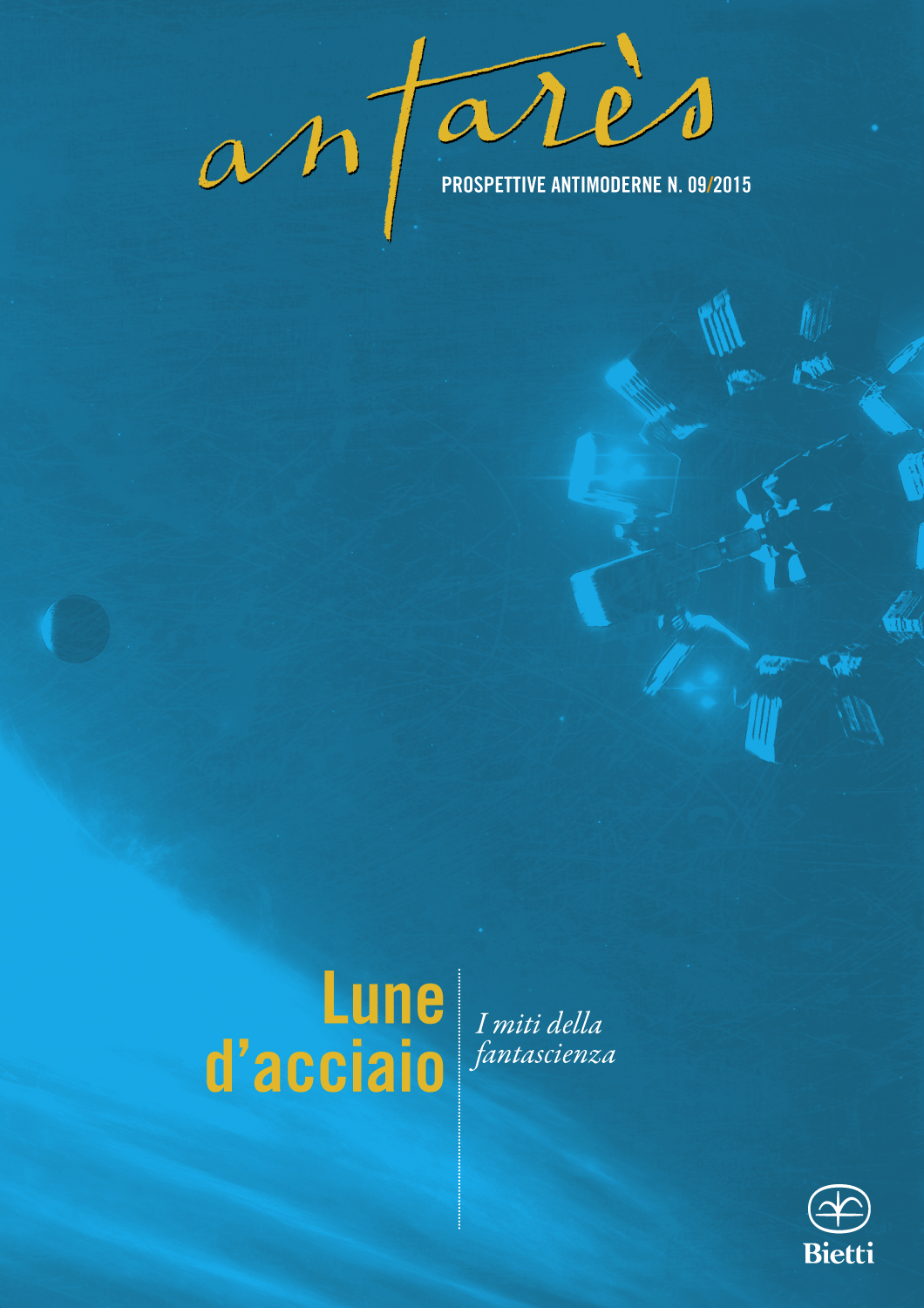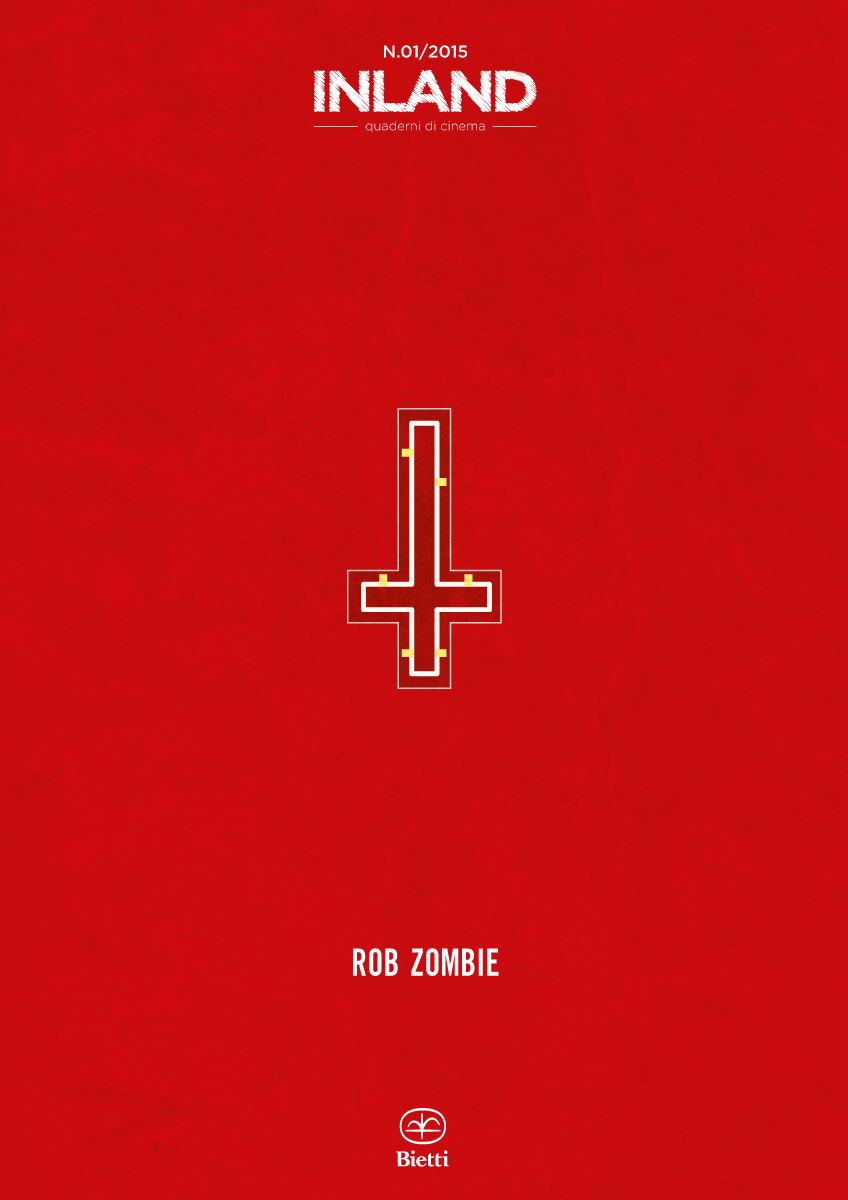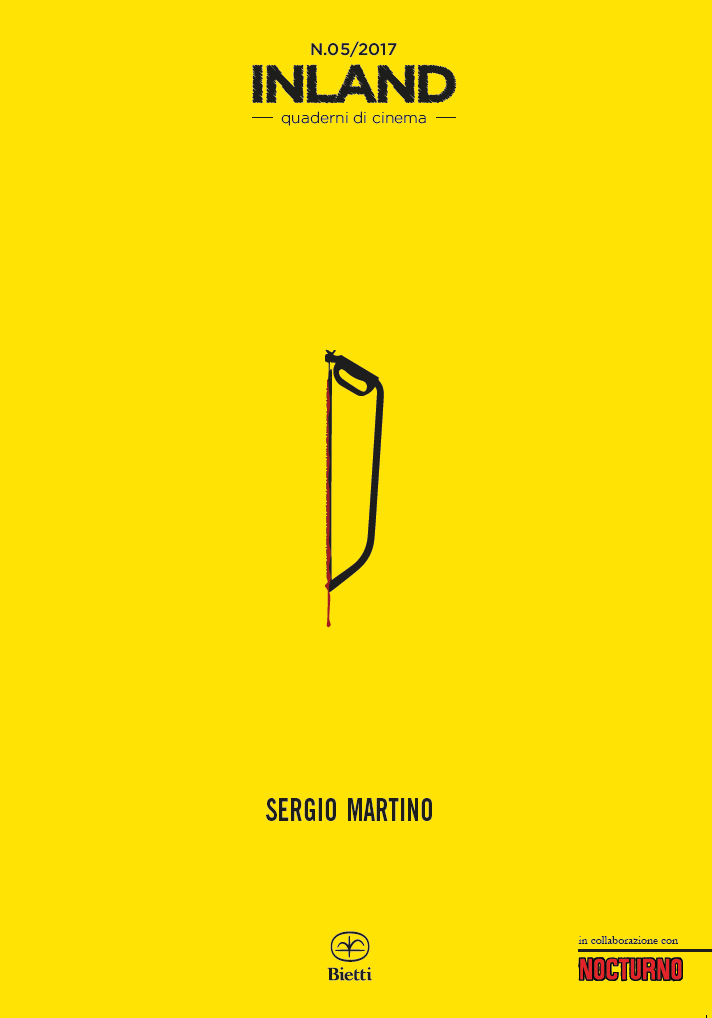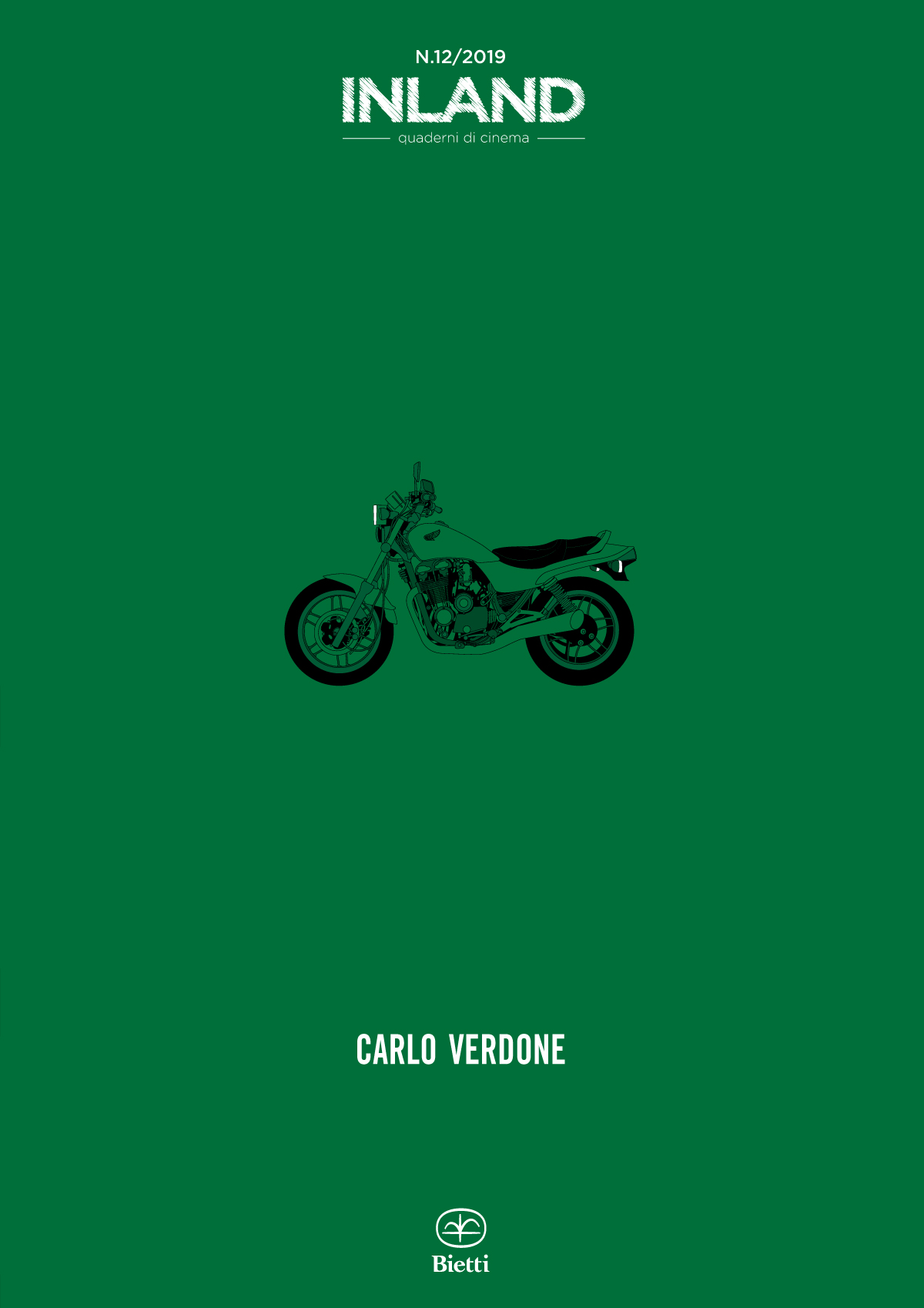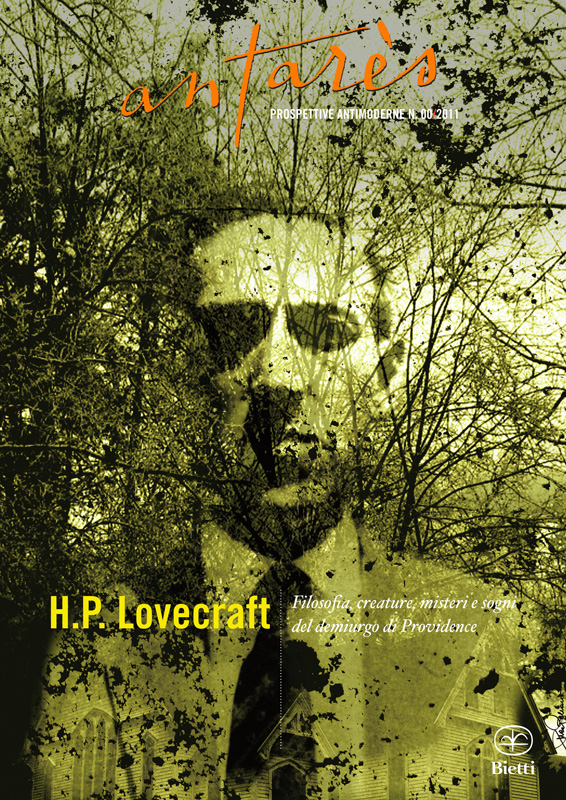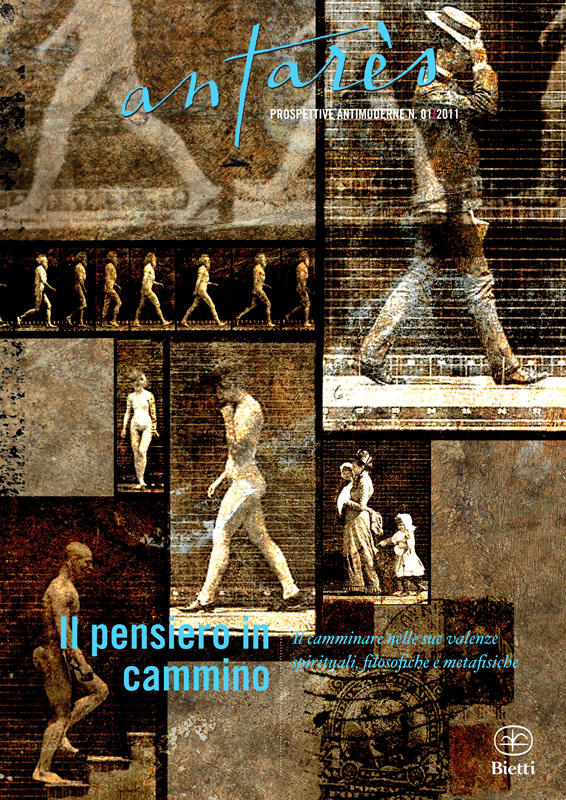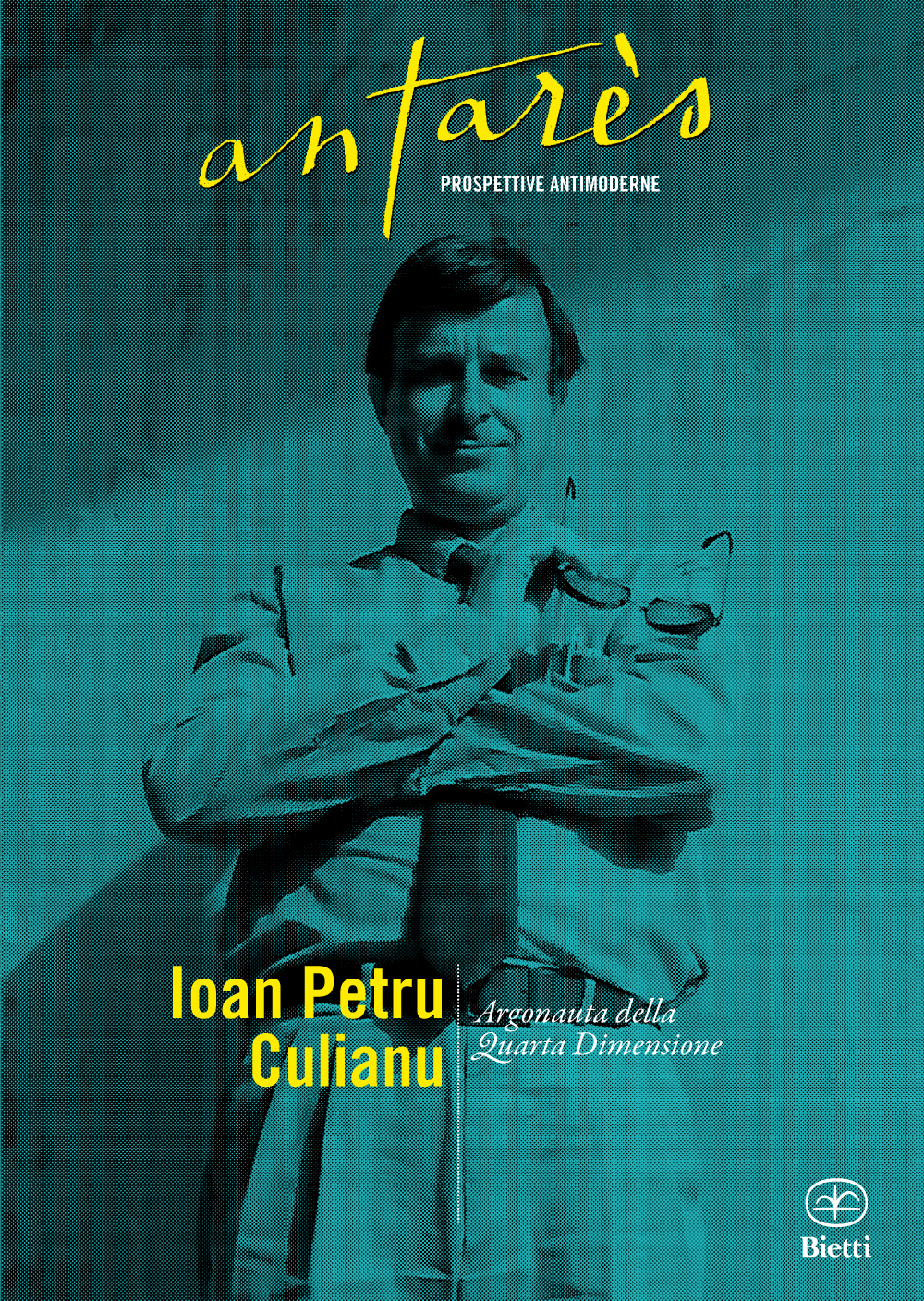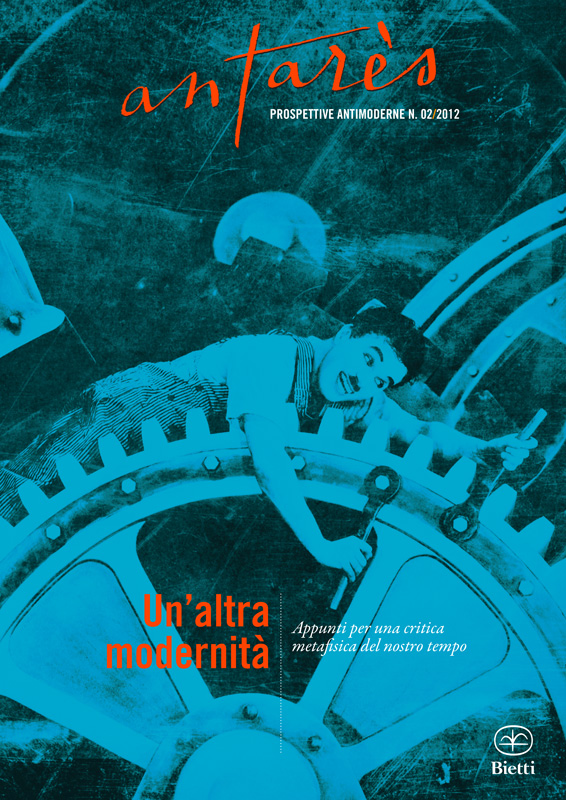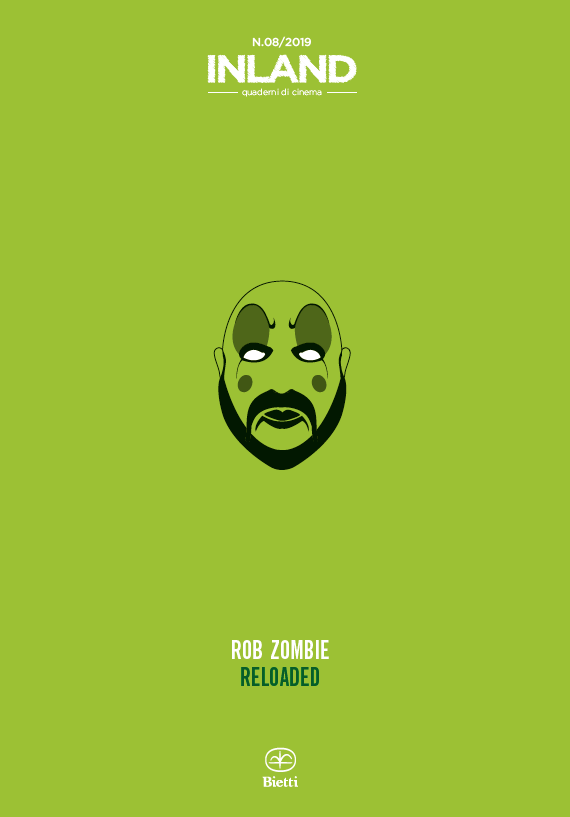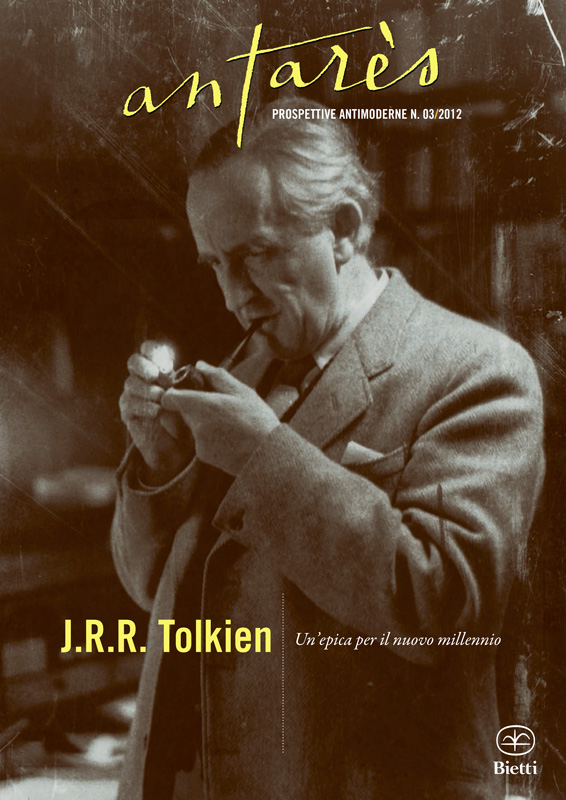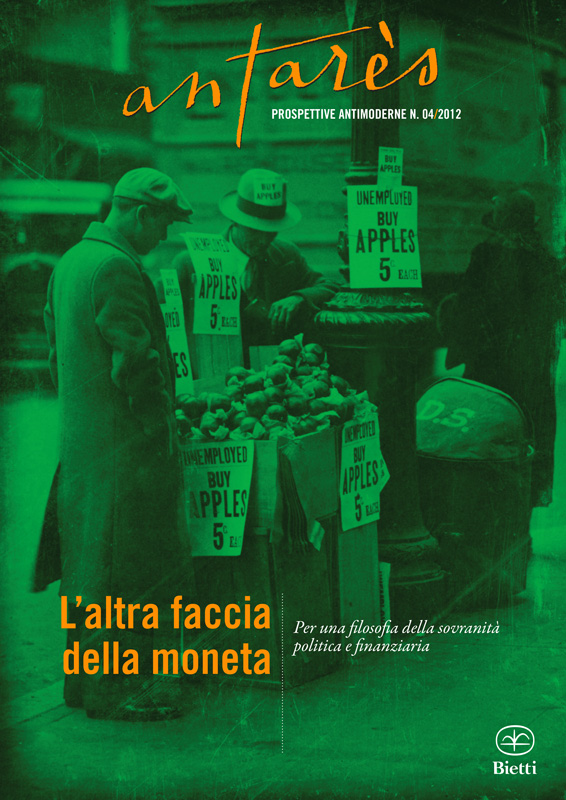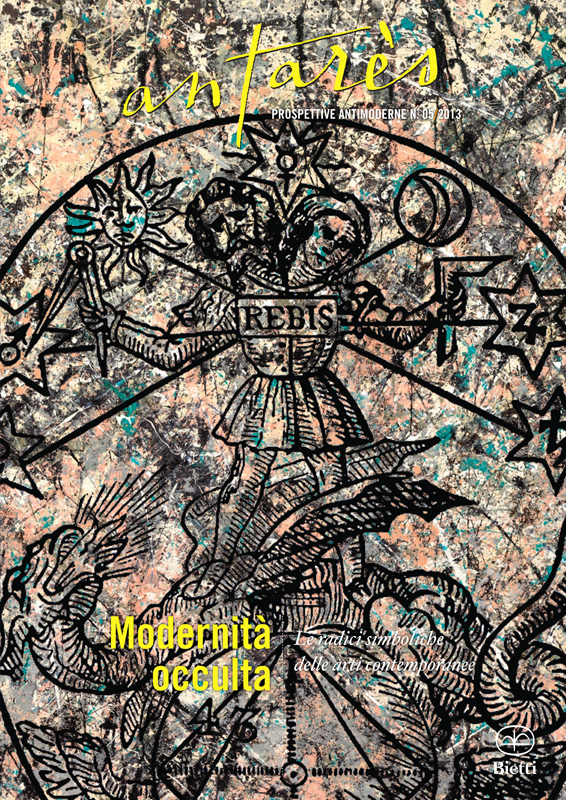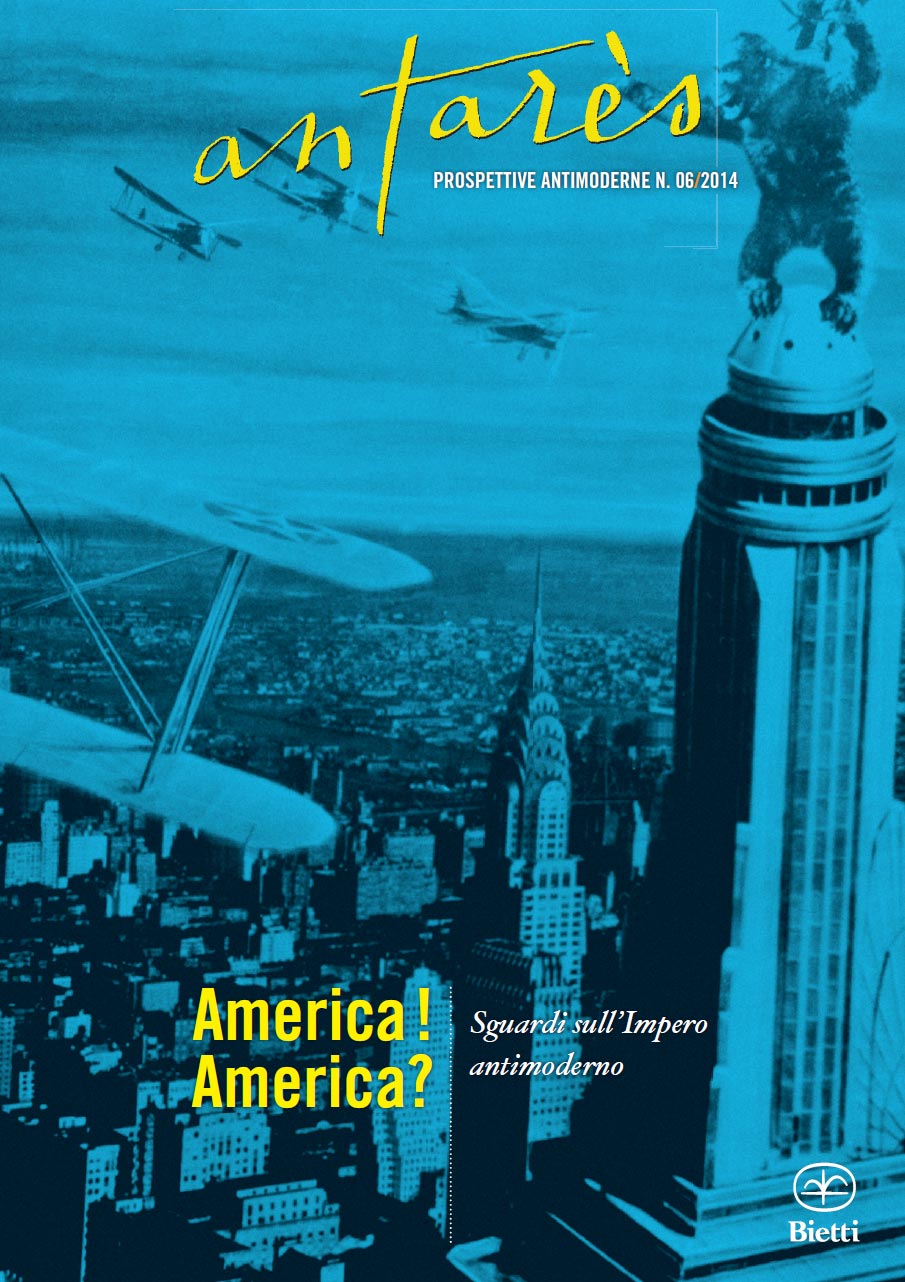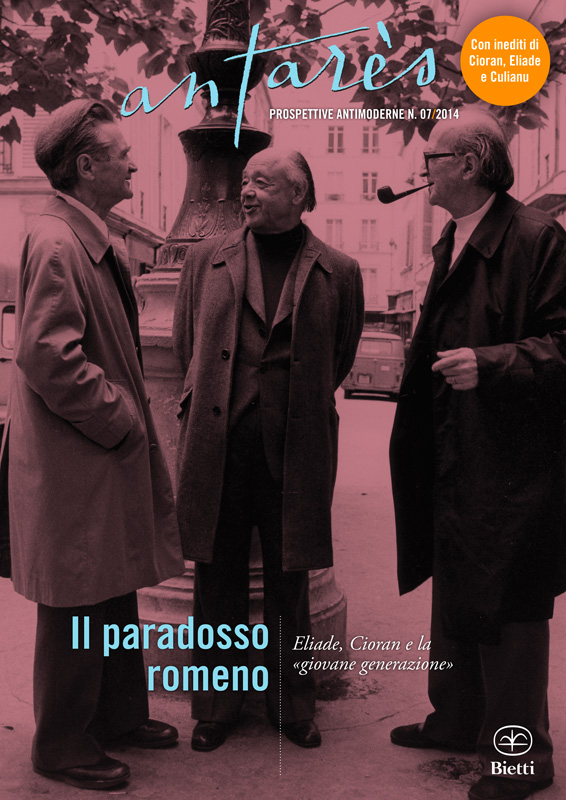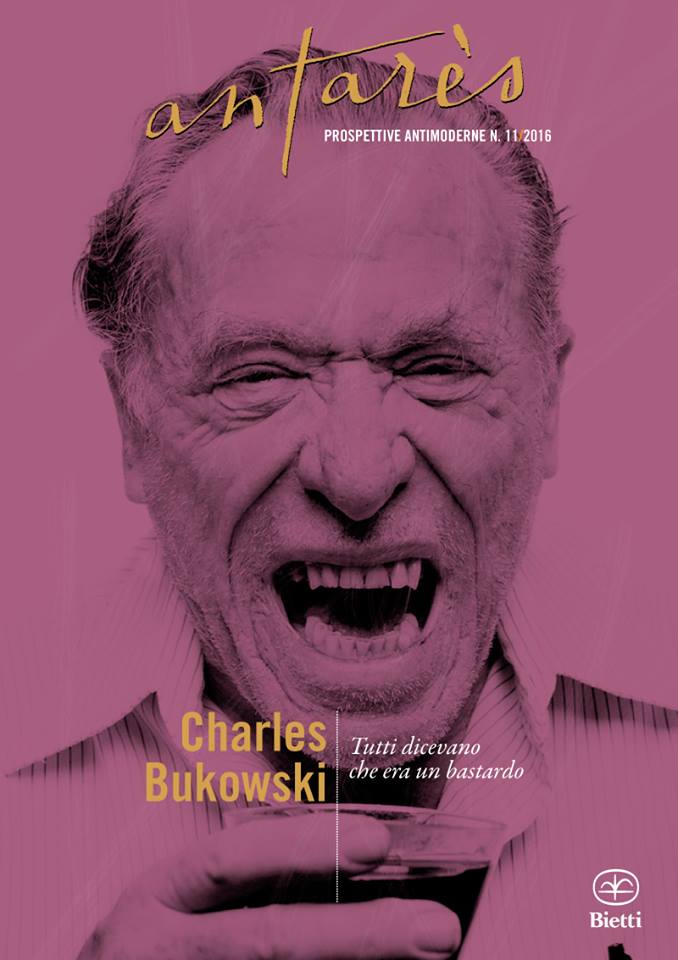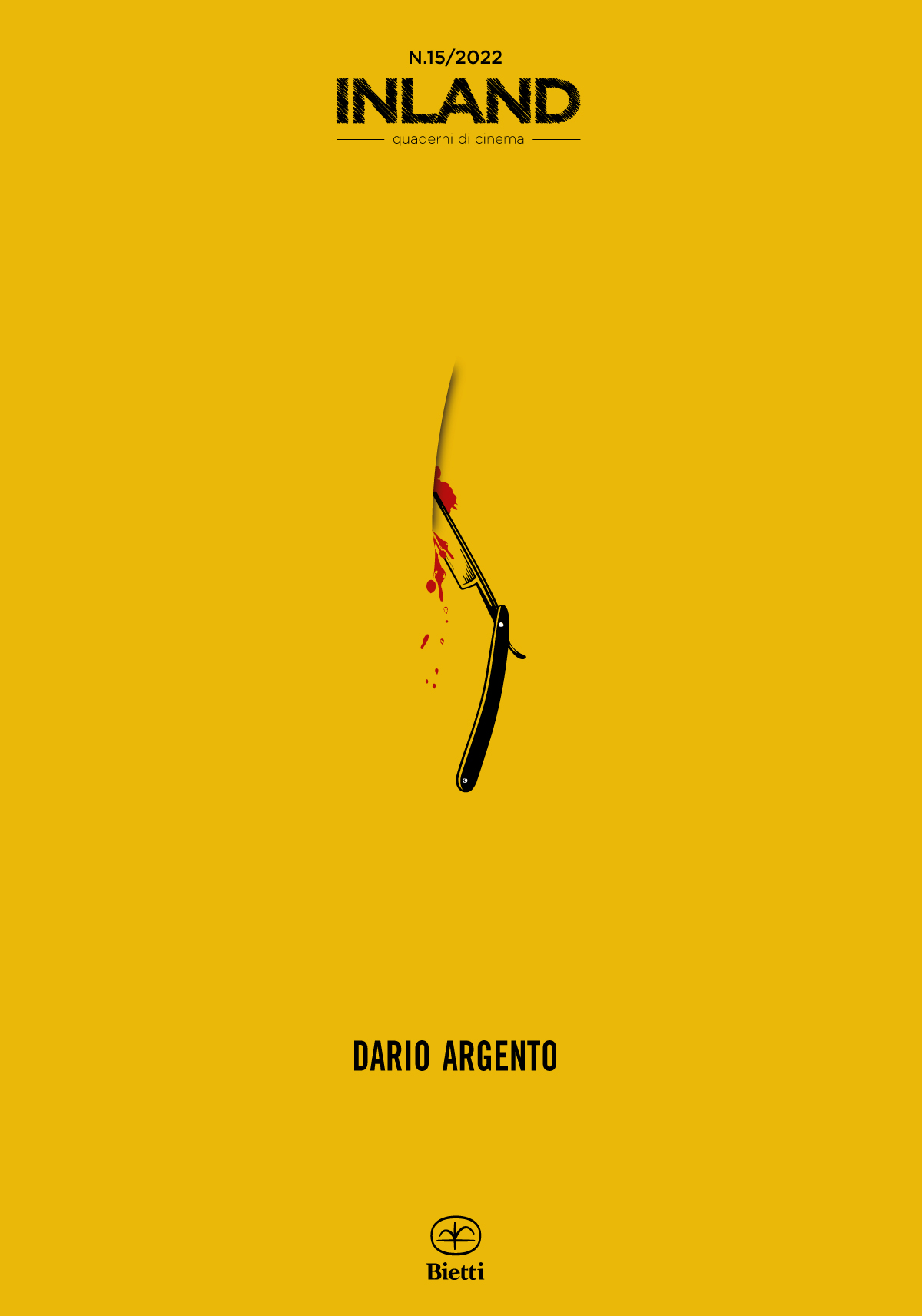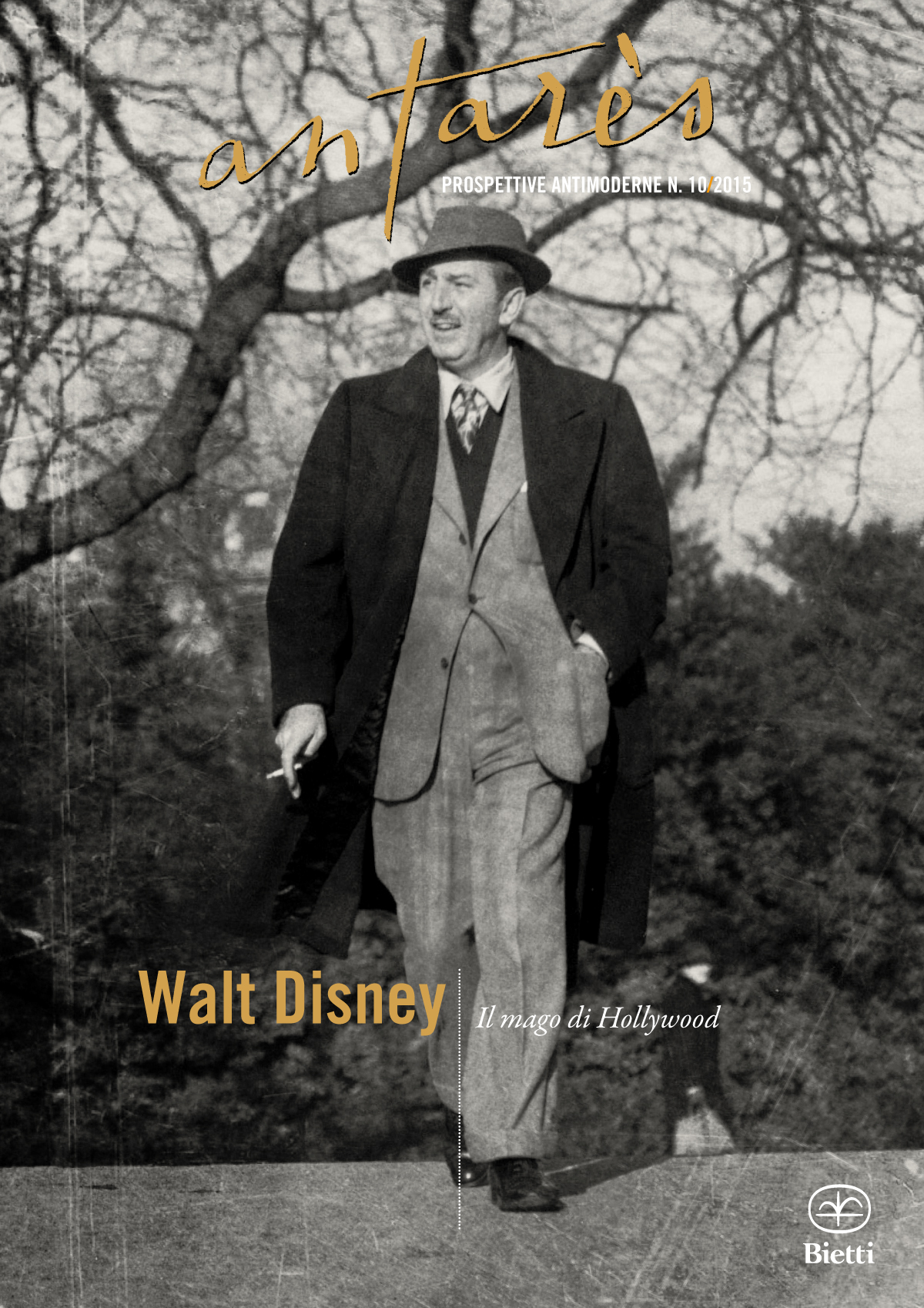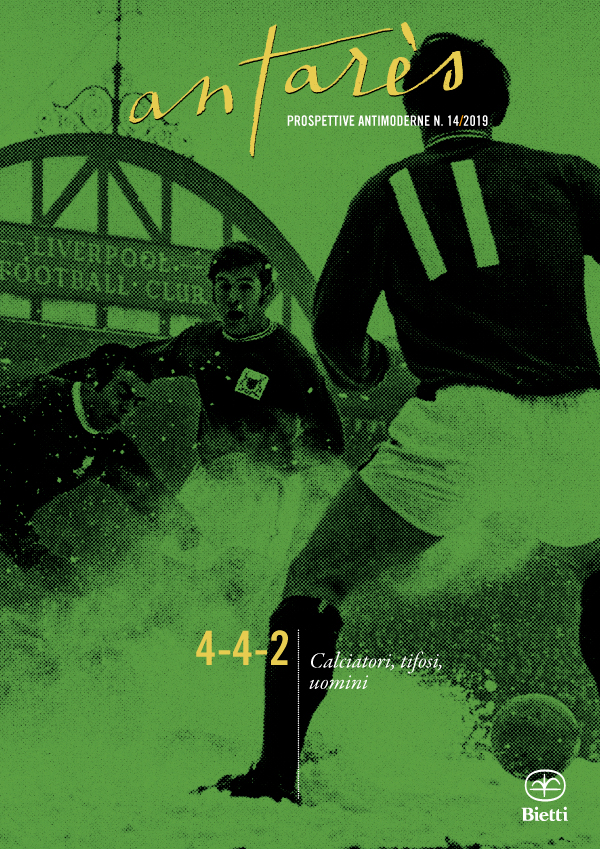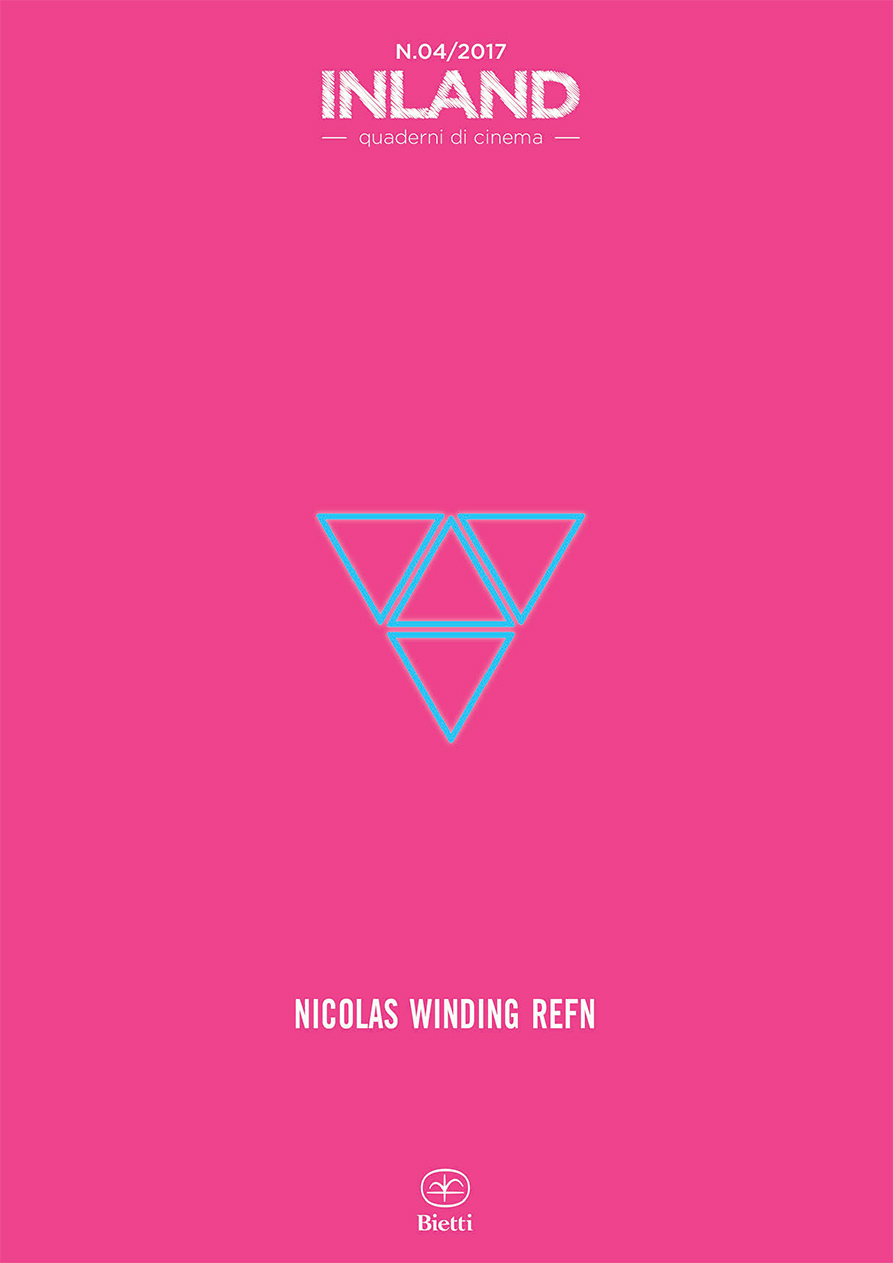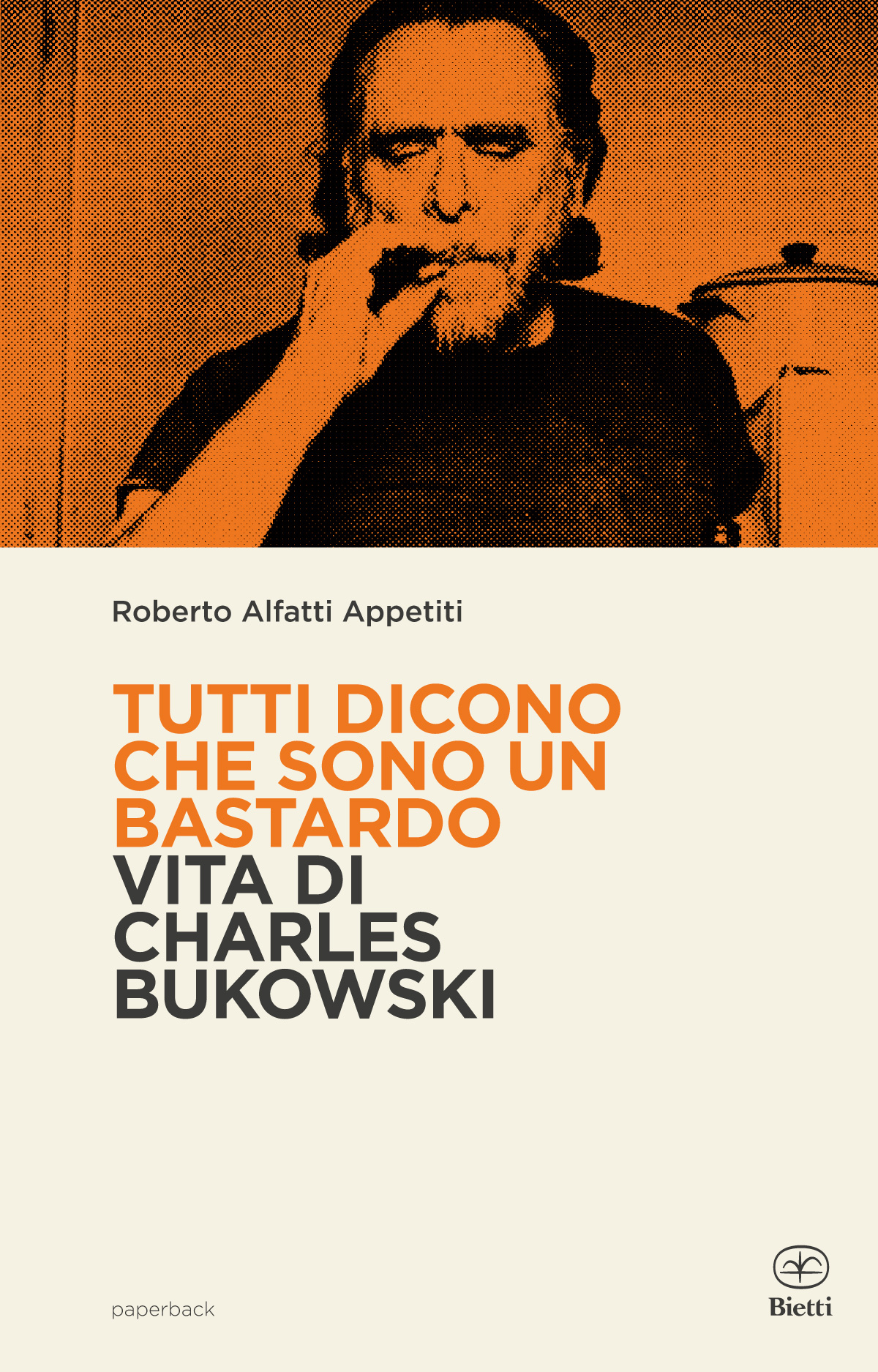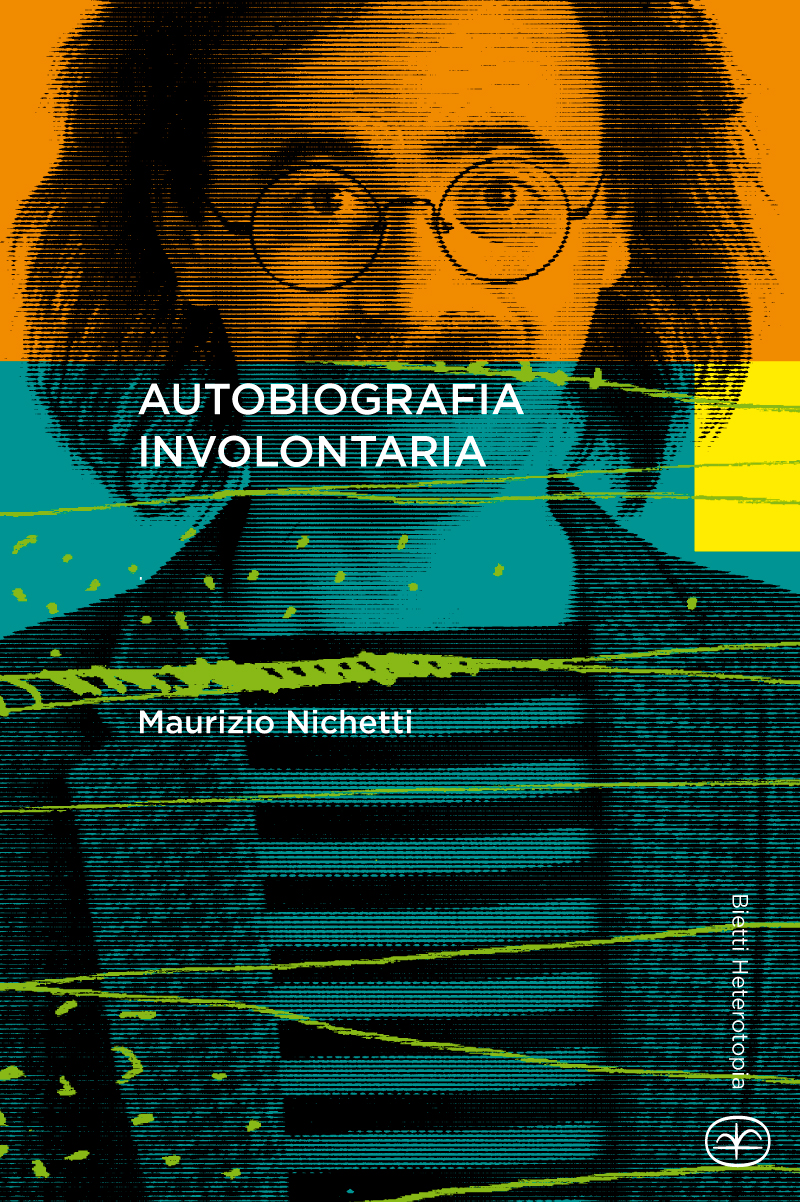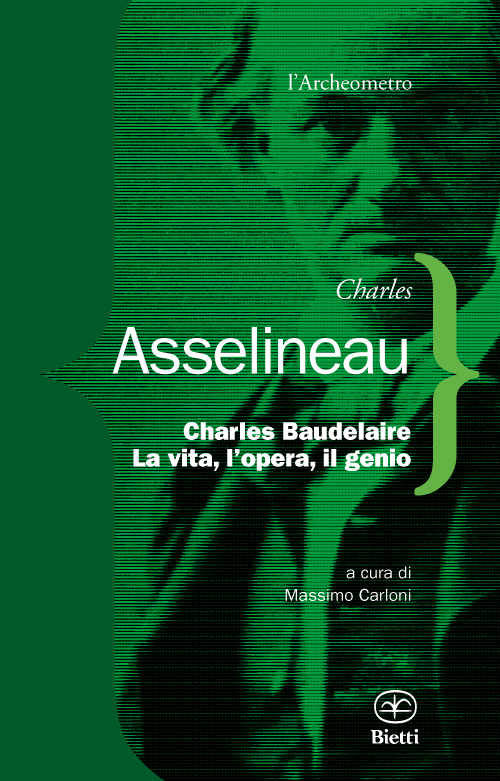Il cubo di Kubrick. "Arancia meccanica 50 anni dopo e per sempre"
Giancarlo Grossini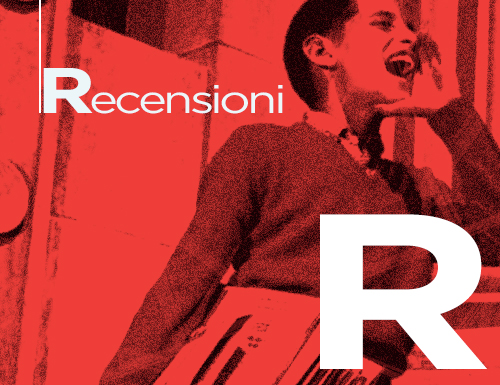
A Clockwork Orange, after 50 years the book “Kubrick’s Cube” reveals the secrets of the film
Light Kubrick’s cube. A clockwork orange 50 years later and forever it is like drinking a glass of Milk +: It is stuff that makes you robust, but not at all inclined to ultraviolence. On the contrary, it makes you fluid and opens the doors of the infinite worlds present in the masterpiece signed by the naturalized British American director who made his cinema debut in New York in December 1971. It arrived in Italy in September 1972, after being successfully presented at the Venice Film Festival. And the merit of this book, written by Giancarlo Grossini and published by Bietti, is that of making Gulliver wonder about a labyrinthine and amazing work in a very pleasant and fruitful way. A feature film that recalls the well-known magical polyhedron created by the Hungarian architecture professor and sculptor Ernő Rubik. An enigmatic 6-sided film made up of 9 rotating elements. A frighteningly prophetic work, given the times we live in.
Clockwork Orange between Freud, Fedez and the Mona Lisa
Giancarlo Grossini, historic signature of Corriere della Sera wears the shoes of a brilliant, authoritative and kind Dude and reveals page after page his boundless passion for Clockwork Orange. The pleasure of the author in reviewing and listening to Stanley Kubrick’s masterpiece in loop introduces us to a dazzling vertigo of relevance, connections, concatenations, conjunctions, ties often surprising if not downright unthinkable. The words flow quickly, like the Durango 95, and the book is transformed into a crowded crossroads of lost roads where Sigmund Freud and Gustav Jung, Haruki Murakami and Jacques Lacan, the Nobel Prize for physics Giorgio Parisi and the neurosurgeon Arnaldo Benini meet. So the close-up of Malcolm McDowell in the role of Alex who from the Korova Milk Bar looks at us threateningly and mockingly has the same mysterious strength as the smile of Leonardo’s Mona Lisa. And it is no coincidence that that image has been an influence in the most diverse fields: from the banners of ultra groups of Sampdoria and Juventus to the Nail Art signed by Fedez of 2021, from the look of Boy George and the Culture Boys to the pirate Jack Sparrow played by Johnny Depp. As if Clockwork Orange was interconnected with everything we see and hear. A film that enjoys appearing and disappearing as it pleases, like the game of the reel of Freudian memory, rightly mentioned in the book.
From a centrifuge of genres to Latte + by Achille Lauro
In bringing Anthony Burgess’ novel of the same name to the big screen, Stanley Kubrick has mixed a skewer of film genres. From porn to westerns, from comedy to horror. There are multiple stylistic features in Clockwork Orange that distilled into a Long Island cocktail. Only the melodrama is missing and moreover, as he pointed out in an interview in the film, the word love is never pronounced. Yet the language used by the protagonist Alex is a florilege of endearments or diminutives of terms such as “peccatuccio”, “droguccia”, “little brother.” On the other hand, the book published by Bietti teaches us the triumph of the id, the apology of Narcissus, the triumphal march of the unconscious. No cure Ludovico can heal Alex, it is not possible to put the drugo in a corner. Perhaps this is why we cannot hate Alex, despite his terrifying and brutal deeds. Because he is a distorted but revealing mirror. of our dark side, net of those white uniforms (even if for some African tribes white is the color of death).
Clockwork Orange it is such a powerful and intoxicating cinematic fruit that it would work perfectly even if the soundtrack were replaced. And the author cites three songs by Achille Lauro as Milk +, Generation X And Cosmic Barrilete that would really sound karashòlikewise to Mahler instead of Beethoven.
The similarities with H2S by Roberto Faenza
In the perpetual game of mirrors that animates Kubrick’s cube, there is also space for a precious interview with Roberto Faenza. With a brilliant insight, the author discovers several matches between Clockwork Orange And H2S, a cursed, censored and today almost invisible work shot by the Italian filmmaker in 1968. We will never know if Kubrick was inspired by this film, but the certain fact that at the time Faenza was a friend and shared an apartment in London with Anthony Burgess, ‘author of the novel from which the film is based. In short, knowledge increases the mystery. And Kubrick’s Cube is a fabulous puzzle game that’s really exciting and thrilling to dabble in. A work that, like the brains, relies on inspiration. Because, as Grossini masterfully puts it:
“Inside Clockwork Orange I find cinema, psychoanalysis (a matter that no longer seems to interest me), pleasure in viewing, and the obsession with having to shed light on something magmatic, unclear, eccentric that emerges from a film. True? False? Right? Wrong? Insane? Intelligent? These are the questions that I ask myself, that everyone can ask themselves. With one certainty: Kubrick was a genius, and his Clockwork Orange it’s not just a movie“.
Redazione ©Italianpost 13 ottobre 2022

